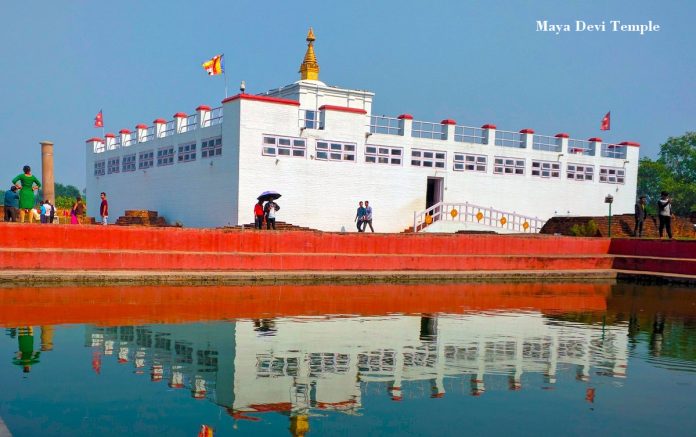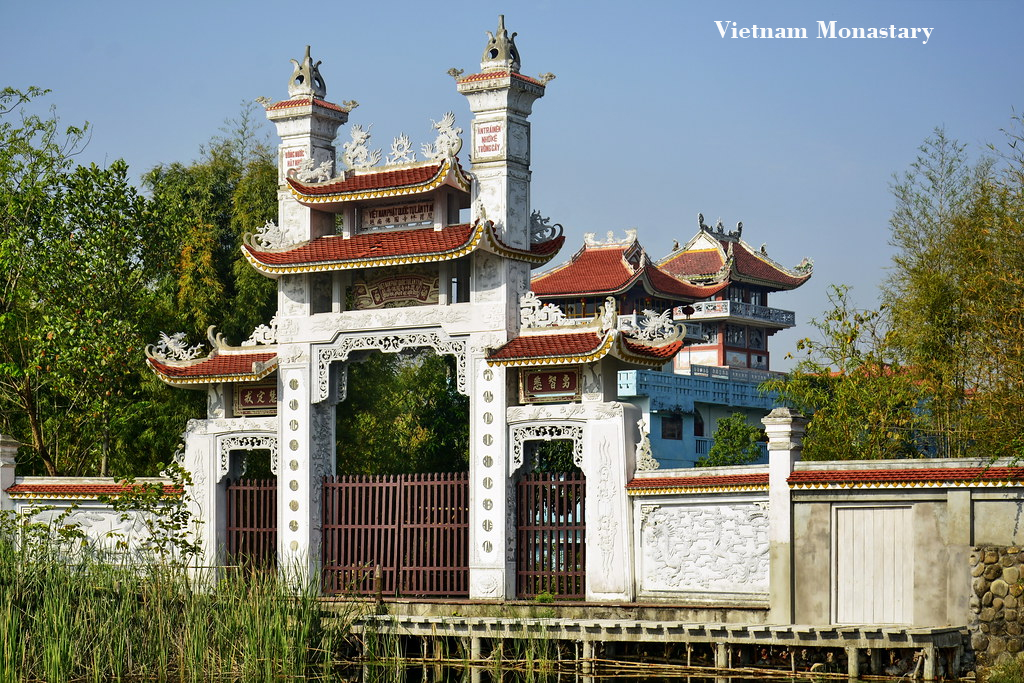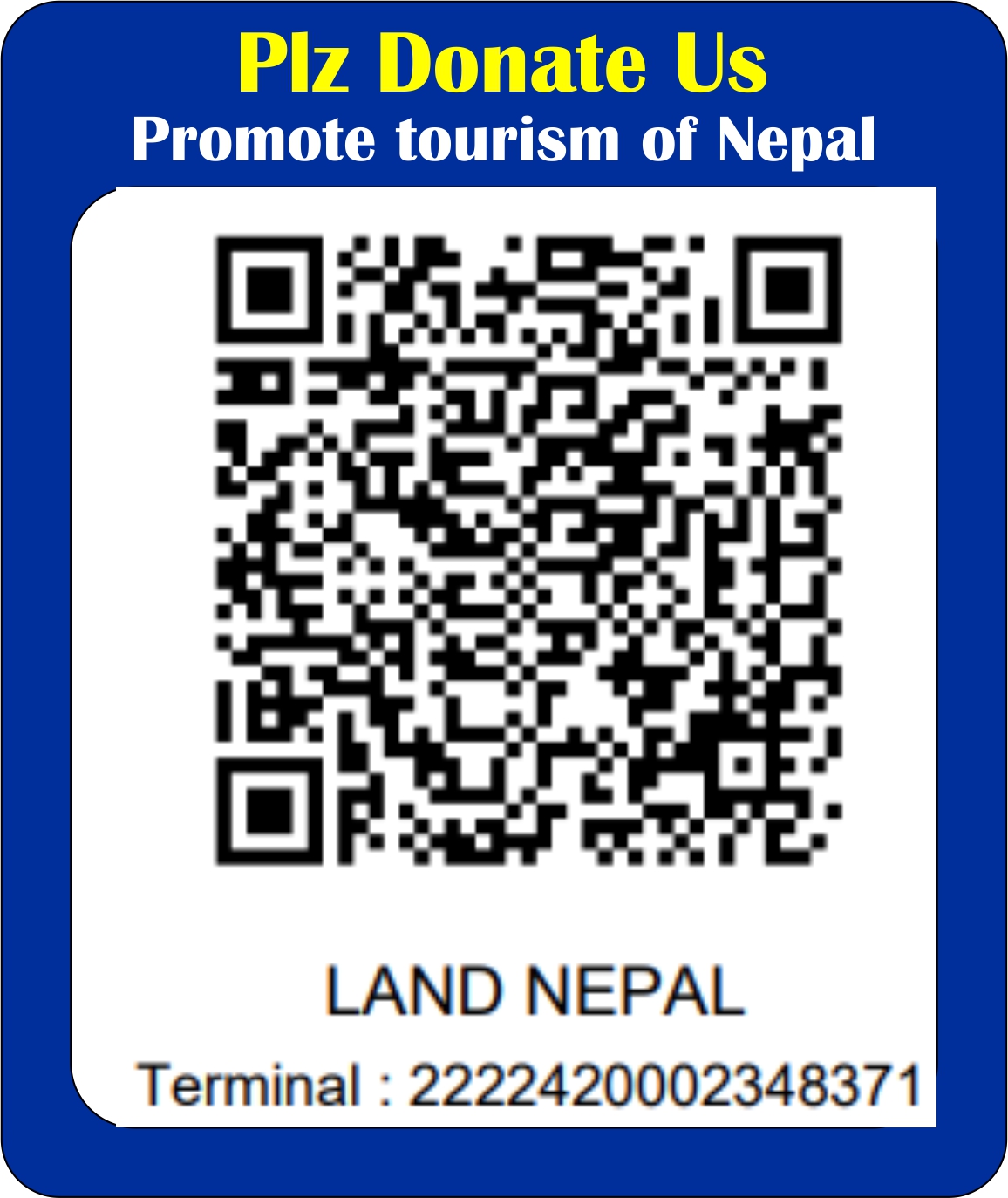Lumbini is a Buddhist pilgrimage site in Nepal, considered the Buddha’s birthplace. It is located in the Rupandehi District of Nepal, near the Indian border.
Lumbini is an important place of pilgrimage for Buddhists from all over the world, and it is a UNESCO World Heritage Site.
The main attraction at Lumbini is the Sacred Garden, which contains the Mayadevi Temple, where the Buddha was born. The garden also includes several other temples and monasteries built by Buddhists from various countries.
Lumbini is a peaceful and serene place, and many people visit it to meditate and reflect on the teachings of the Buddha.
History of Lumbini
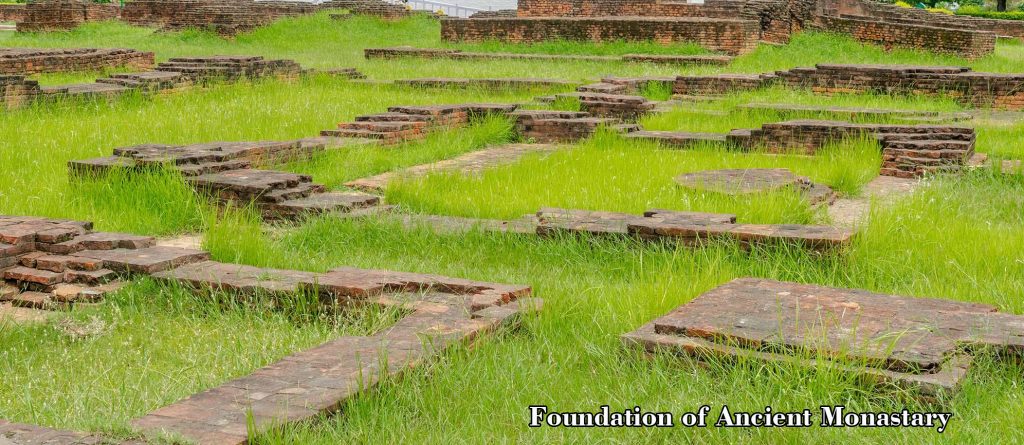
According to Buddhist tradition, the Buddha was born in Lumbini in the 6th century BC, and the site has been a place of pilgrimage for Buddhists from all over the world for over 2,500 years.
Lumbini is mentioned in several ancient Buddhist texts, and it is also mentioned in the writings of ancient Greek historians such as Megasthenes.
A British archaeologist rediscovered the site in the late 19th century, and excavations revealed the remains of many stupas, monasteries, and other structures.
Lumbini is a peaceful and serene place, and it is a great place to meditate and reflect on the teachings of the Buddha. In 1997, Lumbini was designated a UNESCO World Heritage Site and is now an important Buddhist pilgrimage and cultural tourism centre.
The main attraction at Lumbini is the Sacred Garden, which contains the Mayadevi Temple, where the Buddha was born, and several other temples and monasteries built by Buddhists from various countries.
How to reach Lumbini
Lumbini is located in the Rupandehi District of Nepal, about 300 kilometres southwest of Kathmandu, the capital of Nepal. Here are some ways to reach Lumbini:
- By air: The nearest airport to Lumbini is the Gautam Buddha Airport, which is located in Bhairahawa, about 20 kilometres from Lumbini. The airport has regular flights to and from Kathmandu and other major cities in Nepal. You can hire a taxi from the airport or take a local bus to reach Lumbini.
- By road: Lumbini is well-connected by road to other parts of Nepal. There are regular bus services from Kathmandu and other major cities in Nepal to Lumbini. You can also hire a taxi or drive yourself to Lumbini.
- By train: There is no railway station in Lumbini, but the nearest railway station is located in Gorakhpur, India, about 50 kilometres from Lumbini. You can take a train to Gorakhpur and then hire a taxi or take a local bus to reach Lumbini.
The place to visit in Lumbini
There are several places to visit in Lumbini, which are essential for Buddhists and those interested in the history and culture of Nepal. Here are some of the main attractions in Lumbini:
Maya Devi Temple, Ashoka Pillar, Bodhi Tree, and Holy Pond
The Maya Devi Temple is located in the Sacred Garden at Lumbini, Nepal. The temple is named after Maya Devi, the mother of the Buddha. It marks the spot where the Buddha was born. It is an important place of pilgrimage for Buddhists, and it attracts many visitors from all over the world.
The Ashoka Pillar is a historical monument in the Sacred Garden at Lumbini. The Indian Emperor Ashoka erected it in the 3rd century BC to mark the spot where the Buddha was born. The pillar is made of sandstone and is inscribed with inscriptions in Pali, an ancient Indian language.
The Bodhi Tree is tree that is considered sacred in Buddhism. It is believed to be the tree under which the Buddha attained enlightenment. There is a Bodhi Tree in the Sacred Garden at Lumbini, which is believed to have been propagated from a cutting taken from the original Bodhi Tree in Bodh Gaya, India.
The Holy Pond is a pond located in the Sacred Garden at Lumbini. The pond is considered sacred, and many Buddhists and visitors to Lumbini visit it to pay their respects. It is believed that Maya Devi, the mother of the Buddha, took a bath in the pond before giving birth to the Buddha.
Devdaha
Devdaha is a town located in the Rupandehi District of Nepal, about 20 kilometres east of Lumbini, the birthplace of the Buddha. It is believed to be the capital of the Koliya kingdom, the maternal clan of the Buddha.
According to Buddhist tradition, Devdaha was the place where the Buddha’s mother, Queen Mayadevi, lived before giving birth to the Buddha in Lumbini.
Devdaha is an essential place of pilgrimage for Buddhists, and it is a popular destination for those interested in the history and culture of Nepal.
There are several temples and monasteries in Devdaha, and visitors can learn about the history and culture of the Koliya kingdom and the life of the Buddha.
Devdaha is a peaceful and serene place, and it is a great place to meditate and reflect on the teachings of the Buddha.
Dharma Swami Maharaja Buddha Vihar
Dharma Swami Maharaja Buddha Vihar is a Buddhist temple in Lumbini, Nepal. It is a modern temple built by the Dharma Swami Maharaja, a Tibetan monk.
The temple is dedicated to the Buddha and his teachings, and it is a popular place of pilgrimage for Buddhists from all over the world.
The temple is located in the Lumbini Monastic Zone, a designated area within the Sacred Garden at Lumbini reserved for monasteries and temples built by Buddhists from various countries.
The Dharma Swami Maharaja Buddha Vihar is a beautiful and peaceful place, and it is a great place to meditate and reflect on the teachings of the Buddha.
Lumbini Museum
The Lumbini Museum is located in Lumbini, Nepal, near the Sacred Garden. It is dedicated to the life and teachings of the Buddha, and it contains exhibits and artefacts related to the history and culture of Buddhism.
The Lumbini Development Trust established the museum, an organisation that works to preserve and promote cultural and spiritual values. The museum is located in a modern building, divided into several galleries that showcase different aspects of the Buddha’s life and teachings.
Some of the museum’s highlights include exhibits on Lumbini’s history, the Buddha’s life, and the spread of Buddhism throughout the world.
The Lumbini Museum is a great place to learn about the history and culture of Buddhism, and it is a popular destination for visitors to Lumbini.
World Peace Pagoda
The World Peace Pagoda is a Buddhist stupa located in Lumbini, Nepal. Japanese monks built it in the late 20th century to symbolise peace and harmony.
The pagoda is located in the Lumbini Monastic Zone, a designated area within the Sacred Garden at Lumbini reserved for monasteries and temples built by Buddhists from various countries. The World Peace Pagoda is a beautiful and peaceful place and a popular destination for Buddhists and visitors to Lumbini.
The pagoda is made of white marble and decorated with intricate carvings and paintings. Beautiful gardens surround it, offering a great view of the surrounding area.
Many people visit the World Peace Pagoda to pay their respects, meditate, and reflect on the teachings of the Buddha.
Different monasteries or temples built by other Buddhist countries
Lumbini is home to several monasteries and temples built by Buddhists from various countries.
These monasteries and temples are located in the Lumbini Monastic Zone, which is a designated area within the Sacred Garden at Lumbini reserved for monasteries and temples built by Buddhists from various countries.
Here are some of the monasteries and temples built by different Buddhist countries in Lumbini:
- Myanmar Temple: This temple was built by Buddhists from Myanmar (also known as Burma). It is a beautiful temple with golden spires and intricate carvings.
- China Temple: This is a temple built by Buddhists from China. It is a modern temple with a Chinese architectural style.
- Vietnam Temple: This is a temple built by Buddhists from Vietnam. It is a beautiful temple with a traditional Vietnamese architectural style.

Vietnam Monastary - Japan Temple: This is a temple built by Buddhists from Japan. It is a modern temple with a Japanese architectural style.
- Thailand Temple: This is a temple built by Buddhists from Thailand. It is a beautiful temple with a traditionally Thai architectural style.
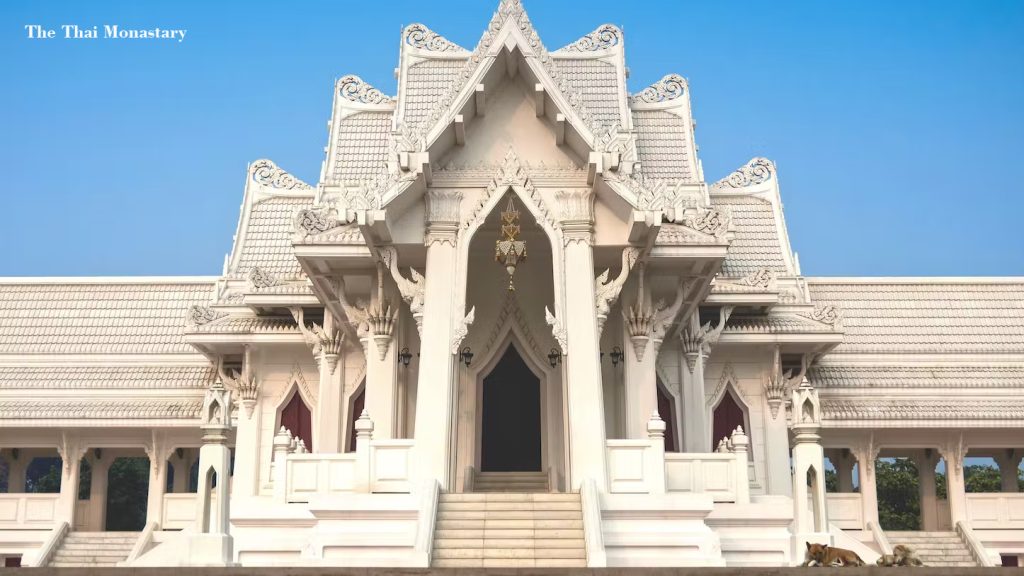
These are just a few examples of the monasteries and temples built by different Buddhist countries in Lumbini.
There are many other monasteries and temples in the Lumbini Monastic Zone, representing the diversity of Buddhism and the unity of Buddhists from all over the world.
The Lumbini Crane Sanctuary
The Lumbini Crane Sanctuary is a sanctuary located near Lumbini, Nepal. It is a protected area that is home to a large number of crane species, including the threatened Sarus Crane.
The sanctuary is located in the Lumbini Development Zone, an area surrounding the Sacred Garden at Lumbini that has been developed to promote cultural and eco-tourism.
The Lumbini Crane Sanctuary is a popular destination for birdwatchers and nature lovers, and it is a great place to observe and learn about these beautiful and threatened birds.
The sanctuary is a peaceful and serene place, and it is a great place to relax and escape the crowds of Lumbini.
Kapilbastu Tilaurakot – Childhood home of Gautama Buddha
Kapilbastu, also known as Tilaurakot, is an archaeological site in Nepal, located about 27 kilometres west of Lumbini, the birthplace of the Buddha.
It is believed to be the childhood home of Gautama Buddha, the founder of Buddhism. Tilaurakot was the capital of the Shakya kingdom, and it is thought to be where the Buddha lived and grew up before he left to seek enlightenment.
Archaeologists identified the site of Tilaurakot in the late 19th century, and excavations have revealed the remains of a large palace and other structures.
The site has been designated as a UNESCO World Heritage Site, and it is an important place of pilgrimage for Buddhists from all over the world.
Visitors to Tilaurakot can see the remains of the palace and other structures, and they can learn about the history and culture of the Shakya kingdom.
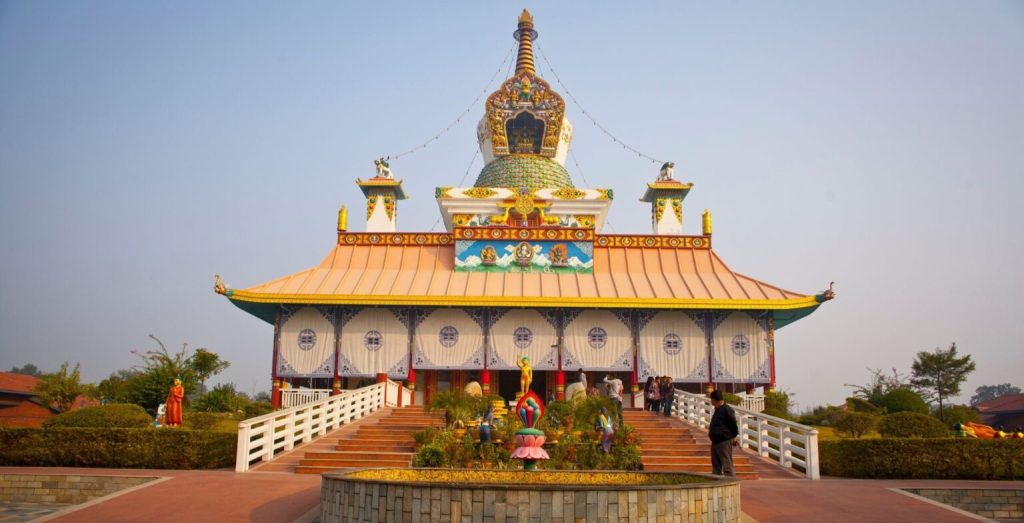
Village Tour near Lumbini
A village tour near Lumbini can be a great way to learn about the local culture and way of life, and it can be a delightful and enriching experience.
There are several villages located near Lumbini that offer a unique cultural experience to visitors. Some famous towns near Lumbini that you can visit on a village tour include:
- Siddharthanagar: This is a small village located about 20 kilometres from Lumbini. It is a traditional Newari village, and it is known for its beautiful temples and traditional houses.
- Kudan: This is a small village located about 25 kilometres from Lumbini. It is a traditional Tharu village, and it is known for its beautiful landscape and traditional way of life.
- Taulihawa: This is a small town located about 10 kilometres from Lumbini. It is a bustling town with a mix of modern and traditional houses. It is an excellent place to visit to get a sense of the local culture and way of life.
A village tour near Lumbini can be arranged through a local tour operator, your hotel, or a guesthouse.
The tour typically includes transportation to and from the village, and it can consist of activities such as visiting local markets, temples, and homes and interacting with the local people.
Hope this information is helpful and you have a great time on your village tour near Lumbini!
Best time to visit Lumbini
The best time to visit Lumbini depends on your preferences and the type of weather you prefer. Here is a general guide to the climate in Lumbini and the best time to visit:
- Autumn (September to November): This is an excellent time to visit Lumbini, as the weather is pleasant and mild. The days are warm and sunny, and the nights are cool.
- Winter (December to February): This is an excellent time to visit Lumbini if you enjoy cooler weather. The days are generally sunny and dry, and the nights can be cold.
- Spring (March to May): This is an excellent time to visit Lumbini, as the weather is pleasant and mild. The days are warm and sunny, and the nights are cool.
- Summer (June to August): This is the rainy season in Lumbini and there are better times to visit. The weather is hot and humid, and there is a high chance of rain and thunderstorms.
- -By: Saru Niraula for Land Nepal


